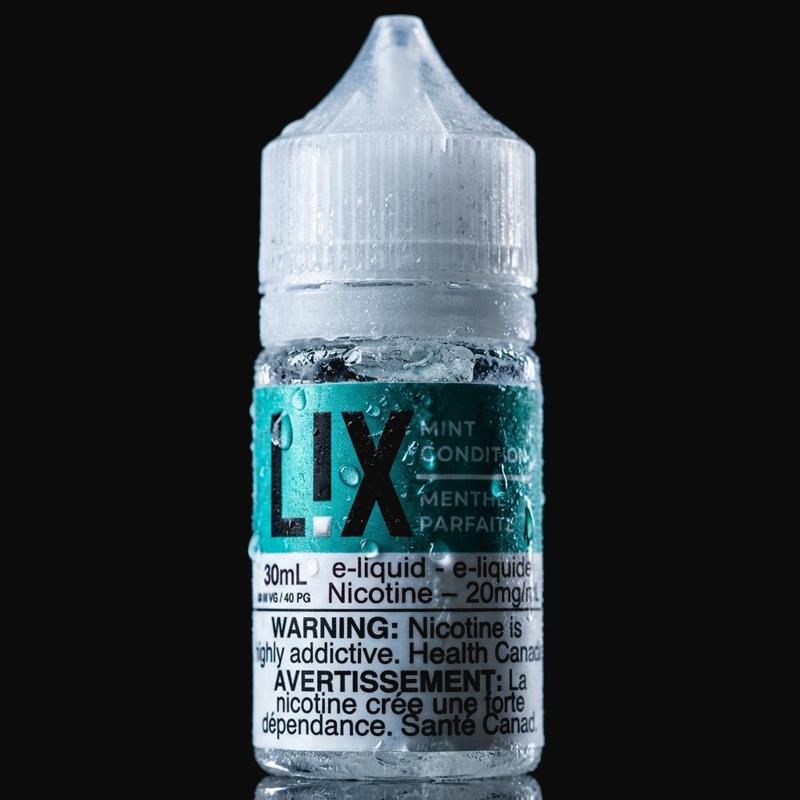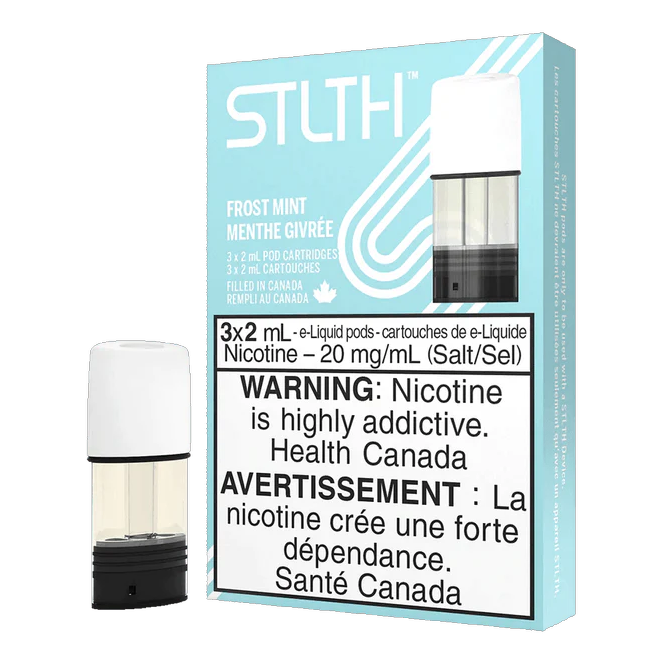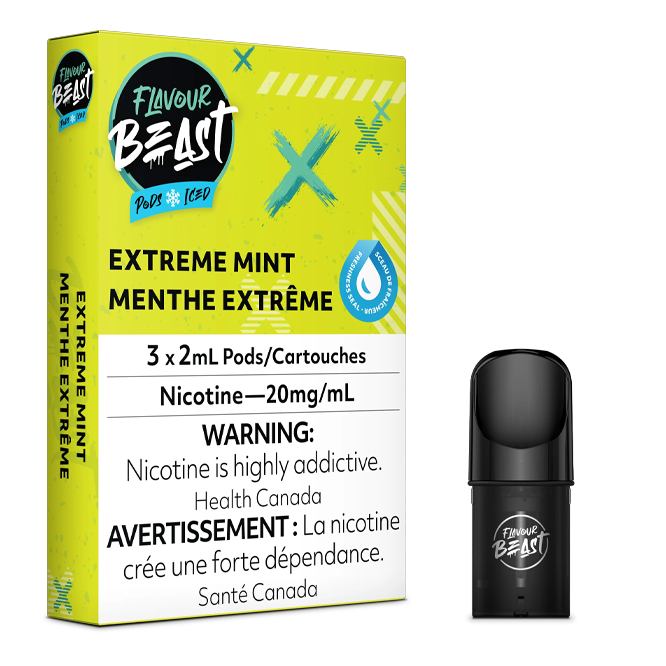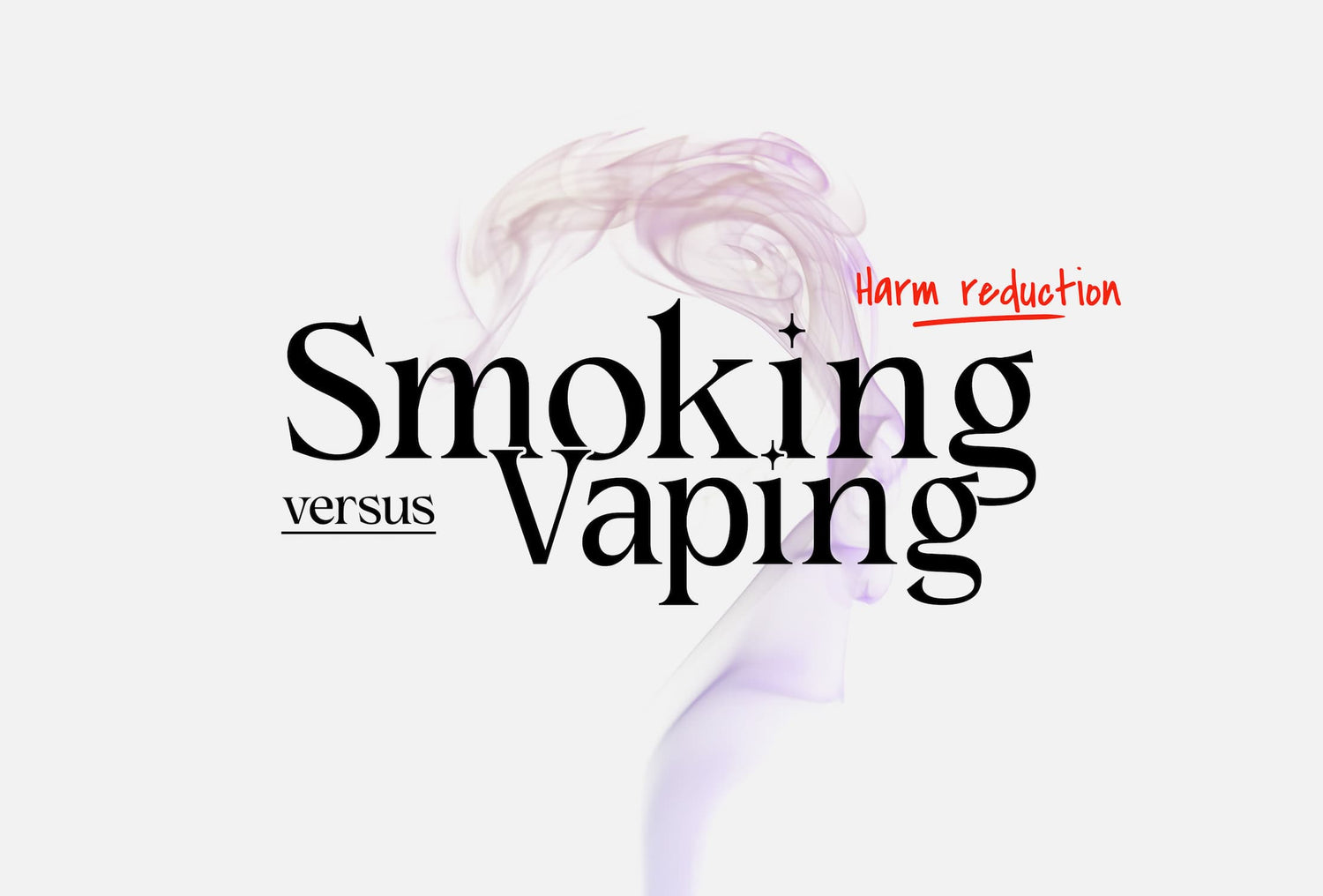Forget "Safe" – Let's Talk About "Safer": Understanding Vaping's Role in Harm Reduction
Let's be crystal clear upfront: Vaping is not a safe or healthy habit. No reputable source claims it is. However, overwhelming scientific evidence consistently points to one crucial fact: for adult smokers, vaping is significantly less harmful than continuing to smoke combustible cigarettes.
Yet, in Canada today, many people – especially teens – are left with the dangerous misconception that vaping is just as bad, if not worse, than smoking. Why the confusion? It stems from a dramatic shift in public health messaging and a lack of accessible, balanced information.
From Harm Reduction to Abstinence: Canada's Shift
Not long ago, Health Canada acknowledged the potential of vaping for harm reduction. They even referenced landmark evidence, like Public Health England's (now the Office for Health Improvement and Disparities - OHID) comprehensive review concluding that vaping is around 95% less harmful than smoking. The approach mirrored the UK's strategy: prioritize getting smokers off deadly tobacco smoke, recognizing that while nicotine is addictive, it's the thousands of toxins in cigarette smoke that cause the vast majority of smoking-related diseases.
However, Canada has noticeably changed course. The current messaging heavily emphasizes the risks of vaping (which are real and should not be minimized) while downplaying or omitting its relative benefit compared to smoking for those already addicted to nicotine. The focus has shifted towards an abstinence-first model, often lumping vaping and smoking together as equally undesirable choices.
The Result: Confusion and Misinformation
This shift has had tangible consequences:
Public Confusion: Many adults genuinely don't understand the relative risks. Is switching to vaping a positive step? The official silence or conflation with smoking leaves them unsure.
Youth Misconceptions: Alarming numbers of teens now believe vaping is as harmful or more harmful than smoking. This misinformation is dangerous. While youth vaping is a serious concern requiring prevention, believing it's equivalent to smoking removes a powerful deterrent for individuals who might otherwise experiment with cigarettes.
Lack of Accessible Comparison: Where does a Canadian smoker looking to quit turn for clear, evidence-based information comparing the relative harms of vaping versus continued smoking? Unlike the UK's NHS, which provides straightforward, accessible guidance (NHS: Using e-cigarettes to stop smoking), Canada primarily offers a toll-free quit line. While valuable, this lacks readily available online resources directly addressing the vaping vs. smoking question for harm reduction purposes.
Even Big Tobacco Called Out the Imbalance (And They Weren't Wrong)
The situation became so skewed that even tobacco companies pointed out the misinformation surrounding vaping relative to smoking. Predictably, they were widely criticized in the media. However, the core of their argument – that official communications were failing to accurately represent the comparative risk – was often grounded in the available scientific evidence. The backlash against the messenger shouldn't negate the validity of the message about evidence-based communication. (factsnotfear)
The Global Perspective: Vaping as a Cessation Tool
Globally, vaping is recognized as one of the most effective tools for smoking cessation available to adults. Numerous studies and real-world evidence support its efficacy in helping smokers quit. The UK actively promotes it within its comprehensive quit-smoking strategy, alongside other methods like patches, gum, and medication.
What Canada Needs: Balanced, Evidence-Based Messaging
Nobody is advocating for vaping as a "safe" alternative, especially not for non-smokers or youth. The goal is harm reduction for existing adult smokers.
Canada needs a return to a balanced approach:
Clear Comparative Risk Communication: Public health messaging must clearly state: "If you smoke, switching completely to vaping is significantly less harmful." This doesn't endorse vaping; it provides factual risk assessment.
Target Youth Prevention Aggressively: While providing accurate relative risk information for adults, prevention efforts targeting youth must be robust, clear about nicotine's addictiveness, and strictly enforced.
Accessible Resources for Smokers: Develop and prominently feature online resources similar to the UK's NHS, providing smokers with unbiased information on all cessation options, including the relative risks and benefits of vaping compared to continued smoking.



















Leave a comment
All comments are moderated before being published.
This site is protected by hCaptcha and the hCaptcha Privacy Policy and Terms of Service apply.